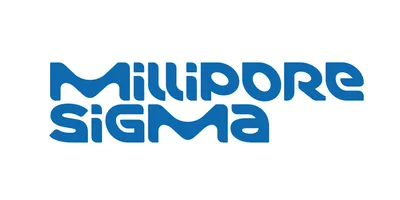
CRISPR-Cas9 has become one of the most convenient and effective biotechnology tools used to cut specific DNA sequences. Starting from Streptococcus pyogenes Cas9 (SpCas9), a multitude of variants have been engineered and employed for experiments worldwide. Although all these systems are targeting and cleaving a specific DNA sequence, they also exhibit relatively high off-target activities with potentially harmful effects.
 Insert Image Here (remove this text once you've added an image)
Insert Image Here (remove this text once you've added an image)Led by professor Hyongbum Henry Kim, the research team of the Center for Nanomedicine, within the Institute for Basic Science (IBS, South Korea), has achieved the most extensive high-throughput analysis of CRISPR-Cas9 activities. The team developed deep-learning-based computational models that predict the activities of SpCas9 variants for different DNA sequences. Published in Nature Biotechnology, this study represents a useful guide for selecting the most appropriate SpCas9 variant.
This study surpassed all previous reports, which had evaluated only up to three Cas9 systems. IBS researchers compared 13 SpCas9 variants and defined which four-nucleotide sequences can be used as protospacer adjacent motif (PAM)—a short DNA sequence that is required for Cas9 to cut and is positioned immediately after the DNA sequence targeted for cleavage.
Related Article: New Tool for Rapidly Analyzing CRISPR Edits Reveals Frequent Production of Unintended Edits

Additionally, they evaluated the specificity of six different high-fidelity SpCas9 variants, and found that evoCas9 has the highest specificity, while the original wild-type SpCas9 has the lowest. Although evoCas9 is very specific, it also shows low activity at many target sequences: these results imply that, depending on the DNA target sequence, other high-fidelity Cas9 variants could be preferred.
Based on these results, IBS researchers developed DeepSpCas9variants, a computational tool to predict the activities of SpCas9 variants. By accessing this public website, users may input the desired DNA target sequence, find out the most suitable SpCas9 variant and take full advantage of the CRISPR technology.
"We began this research when we noticed the critical lack of a systematic comparison among the different SpCas9 variants," says Kim. "Now, using DeepSpCas9variants, researchers can select the most appropriate SpCas9 variants for their own research purposes."
- This press release was originally published on the Institute for Basic Science news website











